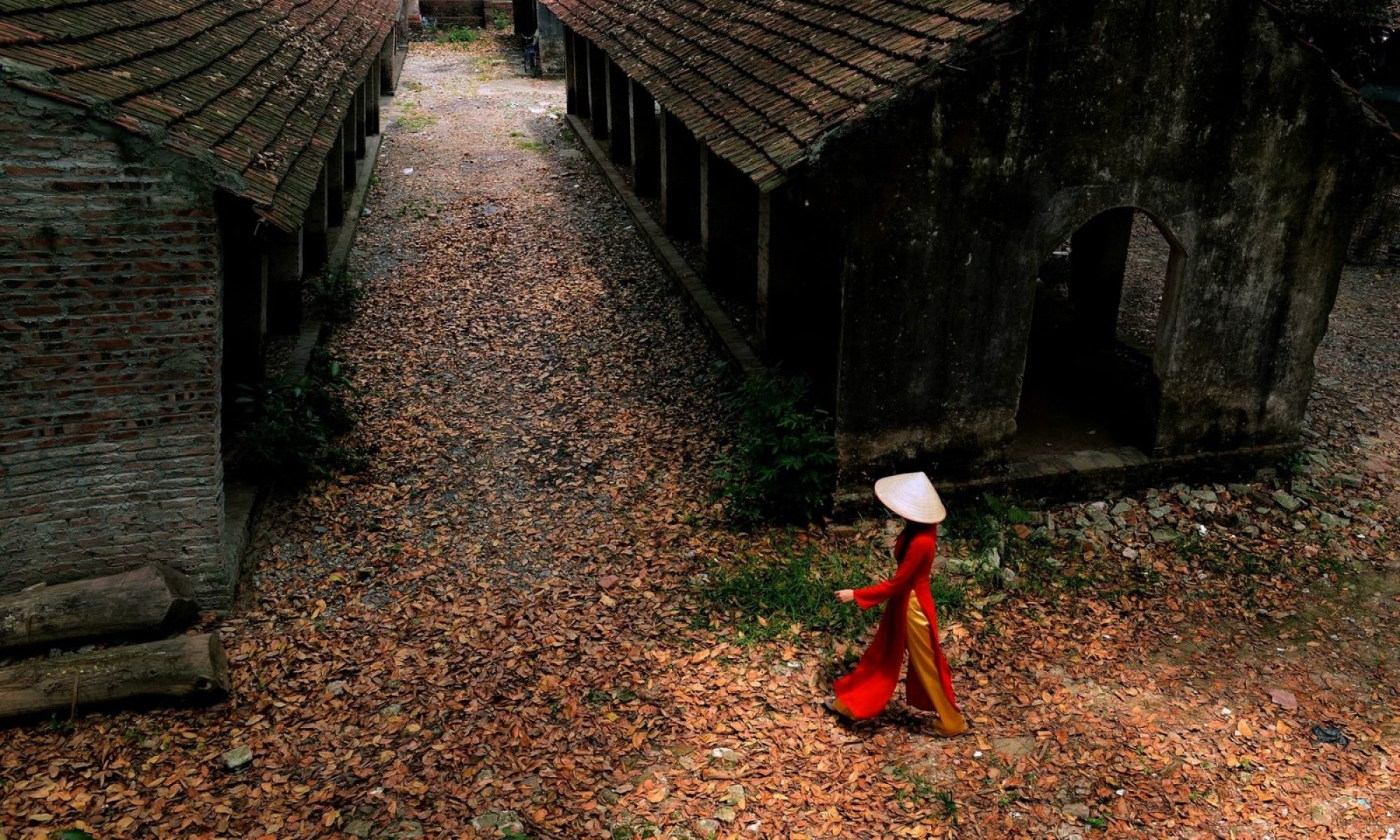
- This event has passed.
Cultural event – The Nghê – Vietnam’s home grown sacred spiritual animal
November 15, 2020 @ 2:00 PM - 5:30 PM
200,000VND
IN HONOUR AND IN ADVANCE OF VIETNAM’S CULTURAL HERITAGE DAY (23/11) our event is held 1 week before this important celebration
Vietnam has 4 sacred animals – the dragon, phoenix, Qilin (Kỳ lân) and the turtle. However, there is a 5th which you may not be aware of. Next time you see what you think is a lion statue at a place of worship pay close attention – it may not be a lion at all ….
“To comprehend the symbol of the Nghê is to comprehend the traditional culture of Vietnam” (Dr Đinh Hồng Hải)
The Nghê is a sacred animal sculpture found at gates and doors of pagodas, temples, communal houses in Vietnam. It symbolises loyalty and intelligence. The first Nghê statues appeared in the 15th century and became popular from the Ly Dynasty to the end of the Tay Son Dynasty (the 11th to 18th century) (from wikipedia)
FVH is proud to participate in an important art and heritage event with leading academics and artists at the Fine Arts Museum (Public Education Room)
Hosted by Art Researcher Trần Hậu Yên Thế who will explain all there is to know about the Nghê. The Fine Arts museum is the venue for the launch of his new book Nghê Việt. In recognition of this, an exhibition of the Nghê and decorative art work from children under Thế ‘s guidance plus the fact few people have carried out such extensive research into this unique Vietnamese symbol, FVH is hosting an afternoon dedicated to this mysterious sacred animal which fills the pages of Thế’s mini book.
What are the origins of the Nghê, how did it find its way to into Vietnamese culture, Chinese lion vs the Nghê, what does it symbolise, where can you see a Nghê, how to tell the difference between Nghês in different regions of Vietnam, why is the Nghê so important plus other stories and legends
The exhibition consists of various valuable art works, paper documents and objects relating to the Nghê amassed during Thế’s 15 years of research .
 Dr Đinh Hồng Hải, from Vietnam National University will interpret into English. He is a Professor of Anthropology, author of a four-volume book ‘Typical symbols in Vietnamese traditional culture’, researcher and an expert on Vietnam’s sacred animals ….
Dr Đinh Hồng Hải, from Vietnam National University will interpret into English. He is a Professor of Anthropology, author of a four-volume book ‘Typical symbols in Vietnamese traditional culture’, researcher and an expert on Vietnam’s sacred animals ….
 Dr Trần Đoàn Lâm (Editor in Chief of Thế Giới publishers who published The’s book) will also attend
Dr Trần Đoàn Lâm (Editor in Chief of Thế Giới publishers who published The’s book) will also attend
THE PROGRAMME – a very varied afternoon
- 1.40pm arrivals. Please pay the museum entry ticket (40,000 vnd) and allow time to make your way to the 2nd floor for the event location. Feel free to arrive earlier in the day to go round the museum before the talk starts
- 2pm-3.30pm talk and Q&A – includes a short documentary film
- 3.30pm-4.30pm guided tour of the exhibition of the Nghê curated by Thế and the museum . This includes a gorgeous exhibition of ao dai’s by La SEN VŨ (ao dai fashion house) depicting Nghê images designed by Thế and we hope fashion designer Vũ Lan Anh will be able to attend. He has also worked with Kim Hoàng traditional painting artisans to create a series of Nghê paintings on display
- 4.30pm-5pm refreshments (wine, soft drinks) during which a 2nd documentary film will shown
- 5pm-5.30pm a special treat – watch a Nghê dance performance outside in the museum courtyard (during the talk Thế will also refer to how the Nghê outfit is made and the history of the dance)
Thế will speak in Vietnamese and Hải will translate into English
Please RSVP to Stella
200,000 pp (excluding museum entrance fee) to cover contributions to our speakers, private exhibition tour, Nghê dance and refreshments
max 30 people
Dress code – smart attire. A great occasion to dress up
The book is currently in Vietnamese only – copies will be on sale if you wish to purchase it (120,000 vnd). It has an informative introduction in English and self – explanatory illustrations
Also on sale are Nghê paintings created by artists of Kim Hoàng village, a traditional painting village from where this genre of Vietnamese woodcut paintings originated . Copies on display and if you wish to buy some the costs are – (1) on ordinary traditional paper 200K/set for 2: 13 sets; and (2) on special traditional paper 500K/set for 2: 10 sets.




